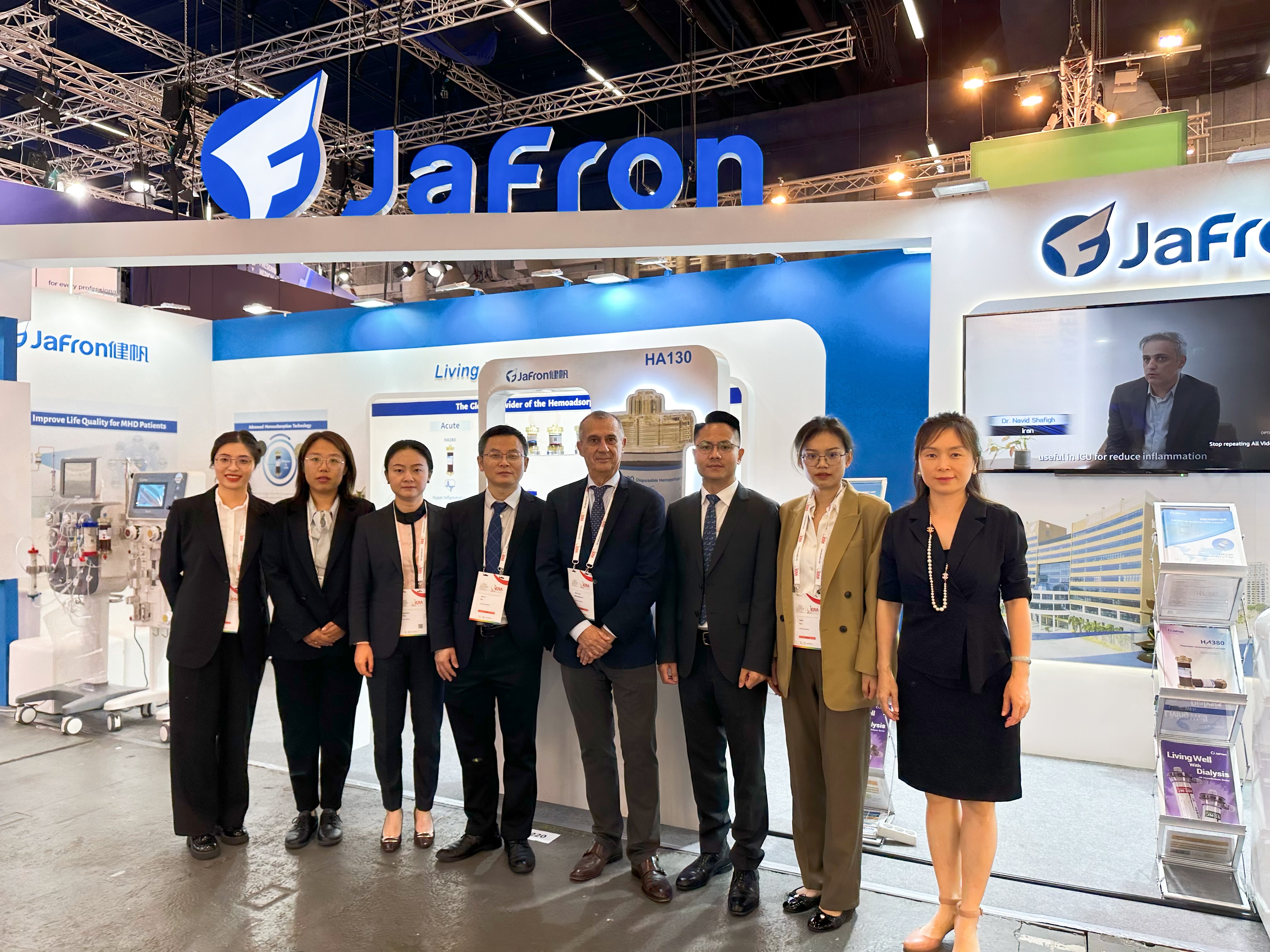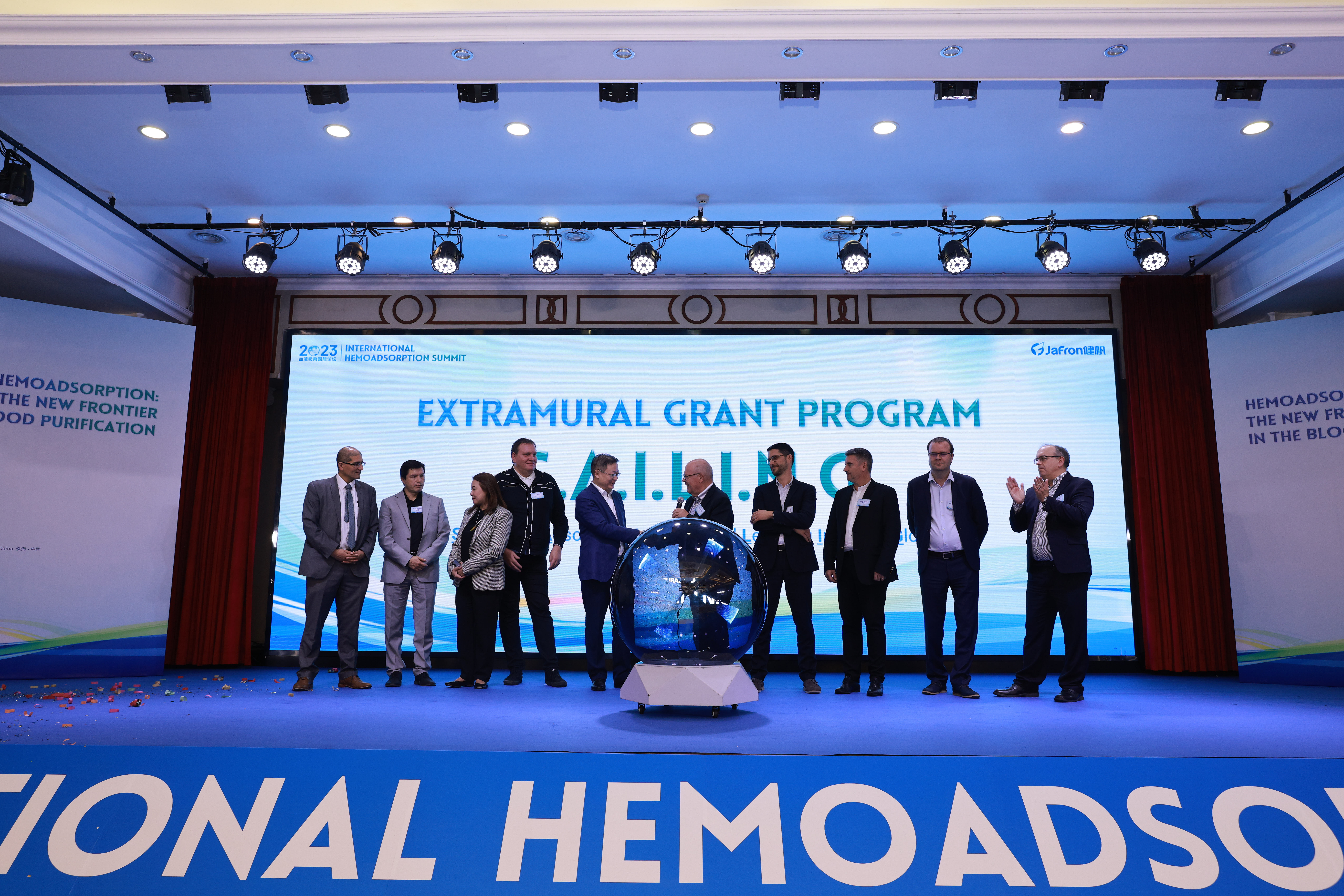Academic Perspectives:Application of Hemoperfusion in Cardiac Surgery
Author:Sherry Zhang Date:2023-01-17
Application of hemoperfusion/hemoadsorption during cardiac surgery with different indications
Dr. Judit Kovács
Doctor in Anesthesia and Intensive Care, Chief of the Department of Anesthesia and Intensive Care at the Emergency Institute of Cardiovascular Diseases and Transplantation, Tg-Mures, Romania.
1. Background
Blood Purification is used as a method to eliminate toxin from the human body, especially inflammatory mediators. The resin hemoadsorber carriage was show not only to remove cytokine but also benefit the SOFA score and even the survival according to publication.

2. Why we need hemoadsorption in cardiac surgery?
There are a lot of preoperative comorbidities, intraoperative conditions and postoperative complications that would urge the use of hemoadsorption. In different kinds of shock and cardiac surgery, a complicated mechanism would lead to the cellular injury. There are different extracorporeal live support systems to be used such as CBP, RRT, ECMO, which might activate the inflammatory and coagulation cascades, cause ischemia/reperfusion injury, splanchnic hypoperfusion, hemolysis and heparin-protamine complexes which would directly activate the compliment cascades.
3. The clinical benefits of hemoadsorption
In recent years, publications show that using hemoadsorption might benefit the outcomes of cardiac surgery related inflammatory syndrome. In our experience, we use the hemoadsorption in intra/postoperative situation with SIRS and sepsis, with the application of Jafron HA330 cartridge, a prospective study just finished, and we found the benefits of SOFA and APACHI II score, WBC, PCT and the duration of mechanical ventilation.
__________________________________________
Safe and Effective Adsorptive Cardiac Pulmonary Bypass
Dr. med. Ralf-Uwe Kühnel
Senior physician for heart surgery at Heart Center Brandenburg, Germany
1. Background
Acute endocarditis and sepsis are a real problem in Germany, and more and more patients suffer on this disease. The rising incidence of multi-resistant pathogens is an additional difficulty, and very often is a SIRS with multiple organ failure the endpoint, resulting a high mortality level.

2. Which new therapeutic option could reduce the high mortality of this patient group?
Adsorption therapy has been used during cardiopulmonary bypass. The use of the hemoperfusion cartridge HA 330 (Jafron Biomedical Co., Ltd.) for adsorption of inflammatory mediators with molecular size about 10-60 KDa during CPB would be an option.
3. The outcomes of Jafron hemoperfusion on cardiac surgery
We involved 108 patients with acute endocarditis from August 2017 to September 2019. The treatment group shows a lower in-hospital mortality (By 7%) in our study and we don´t see any adsorption related complications. We make a conclusion that, the HA-330 hemoperfusion cartridge is easy to use in CPB and it’s safe that we don’t see any coagulation problems or other device related complications.
__________________________________________
Application of Hemoperfusion in Cardiac Surgery - Triple Valve Endocarditis
Prof. Dr. Nemir Granov
Head of the Clinic for Cardiovascular Surgery, Sarajevo University Clinical Center, Bosnia and Herzegovina
We have use Jafron hemoadsorption in our Institution for over one year with cases of endocarditis. I would like to share our experience, the application of Hemoperfusion in Cardiac Surgery with Triple Valve Endocarditis.
Case presentation
This is a young patient, a 27- year-old male, 5 months prior the operation - the first symptoms appeared, and he was treated as an outpatient by the primary and the secondary healthcare system. After three months of the febrile state on the May 18th, 2020. (1.5 months prior the surgery) was admitted to Clinic for Infective Diseases. However, despite medical treatment, multiple organ failure develops as well as hemodynamic instability refractory to medical therapy. Then cardiac diagnosis at admission on Cardiac Surgery was done. He was admitted to the Cardiac Surgery Department for the surgery. During the surgery the Jafron HA330 cartridge (Below pictures show where the HA330 cartridge was placed.) was used. During CPB, the inotropic use was not required. In the surgery, the CPB lasted for 224 mins, and the HA330 was used for 220 mins, under a blood flow of 250 ml/min.
Outcomes
The patient weaned from CPB without problem and the first post-operative TEE showed good performance with post-operative recovery. He was then discharge to Clinic for Infective Diseases on 8th post-operation day. Two months later, the patient was physically active, happy in good condition. His lab tests were within the range and the TEE showed good function of bioprosthetic and positive heart remodeling.

















